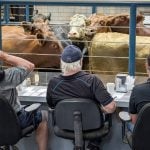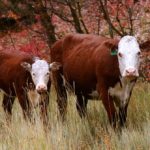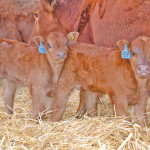
Tag Archives calving
Improper cervical dilation at calving demands quick action
Beef 911: This is one of the hardest situations that comes during calving and recognizing the problem is the first step
Beef 911: Calving problems are becoming rare, but be prepared to act
The first key step is to note when the birth process starts and investigate if too much time passes
Beef 911: Assess the risk when bringing in calves
Mingling animals, transport times, light weights, and even weather can be factors that increase the risk of BRD

Beef 911: Body condition scoring pays dividends
Fattening thin cows and feeding less to fat ones will boost performance
Beef 911: Calving problems are decreasing, but stay vigilant
Vets aren't called out during calving as often as they used to be, but producers need to know when to call for backup

Quality winter feed will promote a more successful calving season, says expert
For strong cows at calving time, MAFRD livestock expert says to focus on the content of winter feed and keep your eye on the thermometer

Beef 911: A vet’s guide to the proper use of calf pullers
The goal is to deliver a lively calf, not just one that’s alive, and have the cow in good shape to rebreed

Beef 911: Equipment for the calving barn
When calving season hits, there is no time to go shopping — so here’s a checklist of what you need


